Buy British trees from our shop
We have single trees and tree packs to meet your needs, from wildlife to woodfuel. Delivery is free.
Shop now
Content editor
Habitat fragmentation is a major problem for wildlife in the UK and across the world. But what exactly does it mean and why is it such a concern?
Fragmentation happens when parts of a habitat are destroyed, leaving behind smaller unconnected areas. This can occur naturally, as a result of fire or volcanic eruptions, but is normally due to human activity.
A simple example is the construction of a road through a woodland. For much of the wildlife that lives in the wood, the road is an obstacle that can only be crossed with difficulty, or not at all. A barrier has been created that effectively divides the wood. What was once one habitat has become two smaller habitats.
Habitat fragmentation can negatively impact wildlife in several ways.
The destruction of habitat leaves species with less space to find everything they need to survive. For example, ancient woodland now covers just 2% of the UK. This means the many species that rely on this irreplaceable habitat have limited space in which to live.
Fragmented habitats are often lower quality. This is known as the ‘edge effect’. As a habitat is broken into smaller sections, the proportion of edge - where one habitat meets another - increases.
While some species can thrive along habitat edges, others struggle to survive. For instance, species that have evolved to live in the interior of a wood are less suited to its edge, where conditions are quite different. Examples of wildlife affected in this way are varied, ranging from birds like the treecreeper to lichens and mosses.
Fragmentation limits wildlife mobility. Individuals struggle to move between habitat patches, which can lead to inbreeding and a loss of genetic diversity. This reduces the long-term health of a population, making it more vulnerable to disease and at greater risk of extinction.
The dormouse (Muscardinus avellanarius) is a perfect example of a UK species affected by fragmentation. These tiny rodents spend most of their life among trees and can only travel small distances across open ground. As a result, the continued loss and damage of our native woods and the hedgerows that once connected them has been disastrous.
Unable to move between the fragmented pockets of habitat that remain, dormice are confined to isolated areas. Cut off, populations are at risk from inbreeding and loss of genetic diversity. This has contributed to dormice numbers falling by more than 50% since 1995.
We're addressing habitat fragmentation by taking a landscape-scale approach to conservation. This means we consider the role of woods and trees in the wider environment. We want to create a network of woods and trees that is bigger, better and more joined up by:
Do your bit to help combat habitat fragmentation by planting a tree - or several. Trees outside woods can provide habitat in their own right. They also serve as ‘stepping stones’ for species to move through landscapes.
We have single trees and tree packs to meet your needs, from wildlife to woodfuel. Delivery is free.
Shop now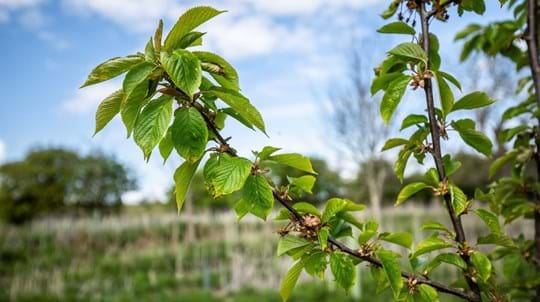
Plant trees
If you’re looking to plant trees, we have the trees, grants and funding schemes to help.
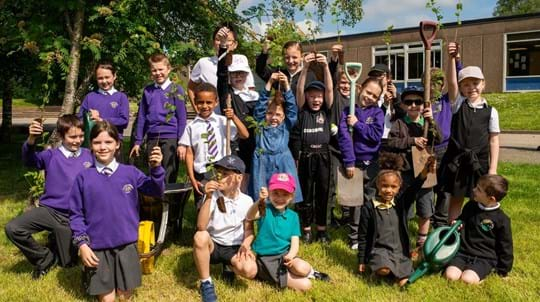
Plant trees
We want to make sure everyone in the UK has the chance to plant a tree. So we’re giving away hundreds of thousands of trees to schools and communities.
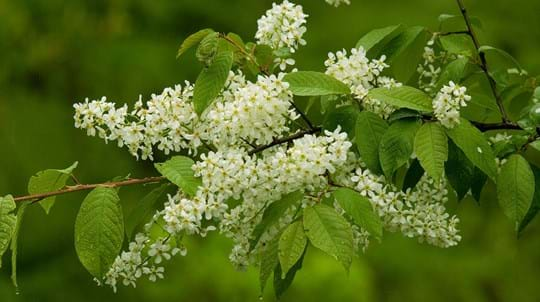
Blog
Helen Keating • 08 Nov 2021
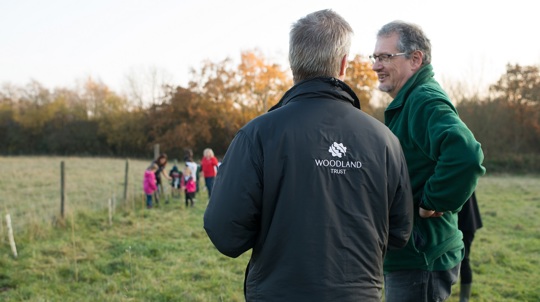
Plant trees
Thinking of planting trees, but need some help? Explore advice on choosing the right tree species, location, how to plant and aftercare.
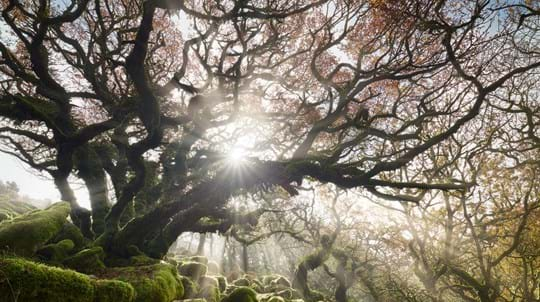
Plant trees
Whatever your reason for planting, trees have far-reaching benefits for all of us.